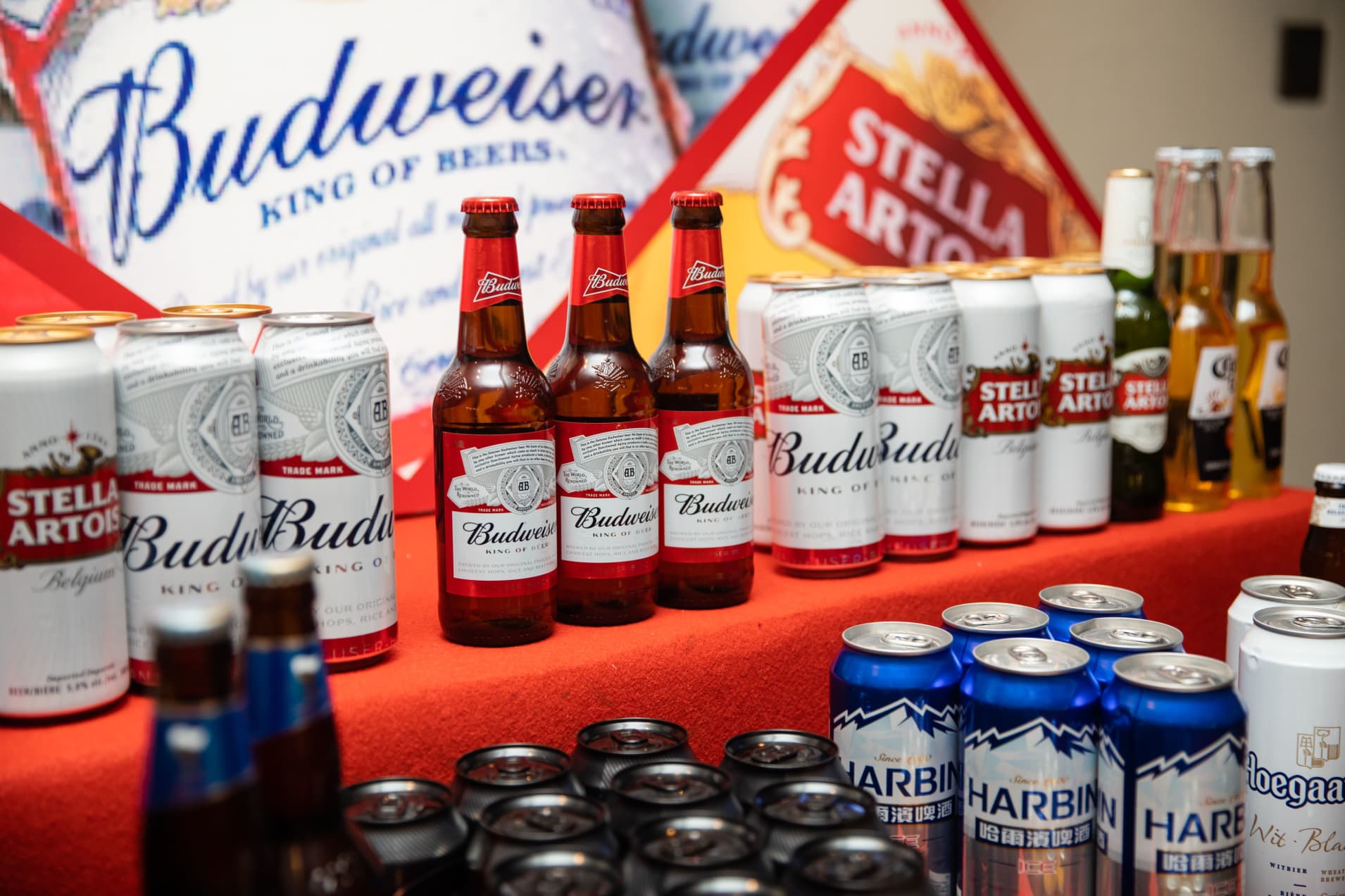After insurance policies expire, many businesses just throw away
the paper copies and delete the digital files. But you may need to produce
evidence of certain kinds of insurance even after the coverage period has
expired. For this reason, it’s best to take a long-term approach to certain
types of policies.
Occurrence-based insurance
Generally, the policy types in question are called
“occurrence-based.” They include:
- General liability,
- Umbrella liability,
- Commercial auto, and
- Commercial crime and theft.
You should retain documentation of occurrence-based policies
permanently (or as long as your business is operating). A good example of why
is in cases of embezzlement. Employee fraud of this kind may be covered under a
commercial crime and theft policy. However, embezzlement sometimes isn’t
uncovered until years after the crime has taken place.
For instance, suppose that, during an audit, you learn an
employee was embezzling funds three years ago. But the policy that covered this
type of theft has since expired. To receive an insurance payout, you’d need to
produce the policy documents to prove that coverage was in effect when the
crime occurred.
Retaining insurance documentation long-term isn’t necessary for
every type of policy. Under “claims-made” insurance, such as directors and
officers liability and professional liability, claims can be made against the
insured business only during the policy period and during a “tail period” following
the policy’s expiration. A commonly used retention period for claims-made
policies is about six years after the tail period expires.
Additional protection
Along with permanently retaining proof of occurrence-based
policies, it’s a good idea to at least consider employment practices liability
insurance (EPLI). These policies protect businesses from employee claims of
legal rights violations at the hands of their employers. Sexual harassment is
one type of violation that’s covered under most EPLI policies — and such claims
can arise years after the alleged crime occurred.
As is the case with occurrence-based coverage, if an employee
complaint of sexual harassment arises after an EPLI policy has expired — but
the alleged incident occurred while coverage was in effect — you may have to
produce proof of coverage to receive a payout. So, you should retain EPLI
documentation permanently as well.
Better safe than sorry
You can’t necessarily rely on your insurer to retain expired
policies or readily locate them. It’s better to be safe than sorry by keeping
some insurance policies in either paper or digital format for the long term.
This is the best way to ensure that you’ll receive insurance payouts for events
that happened while coverage was still in effect. Our firm can help you assess
the proper retention periods of your insurance policies, as well as whether
they’re providing optimal value for your company.
© 2019










